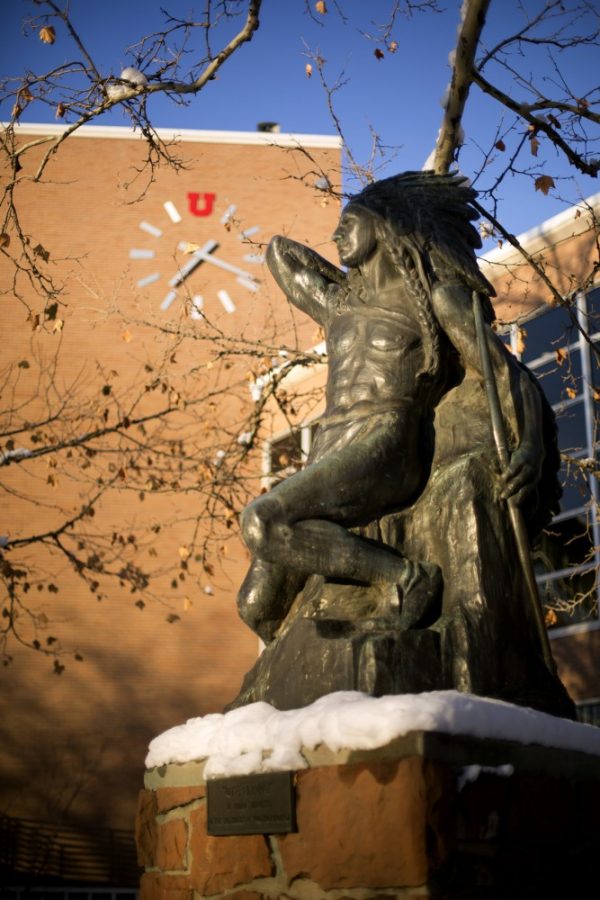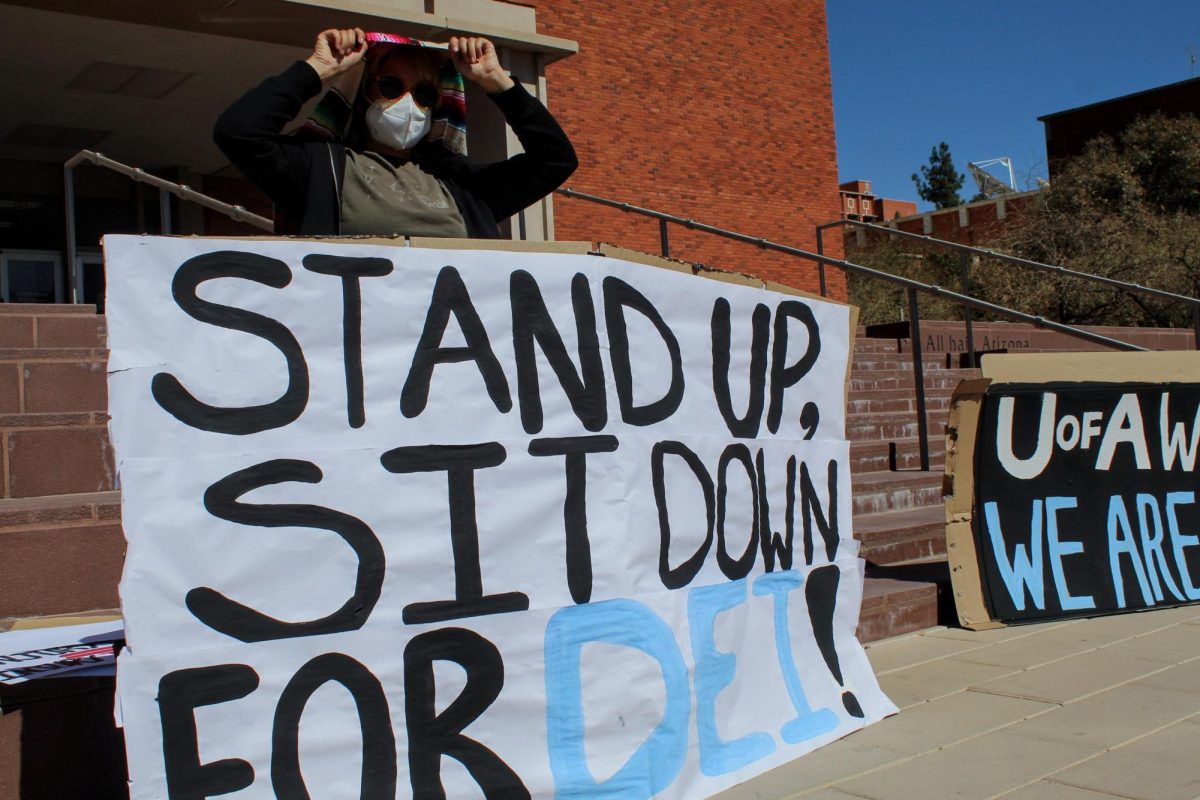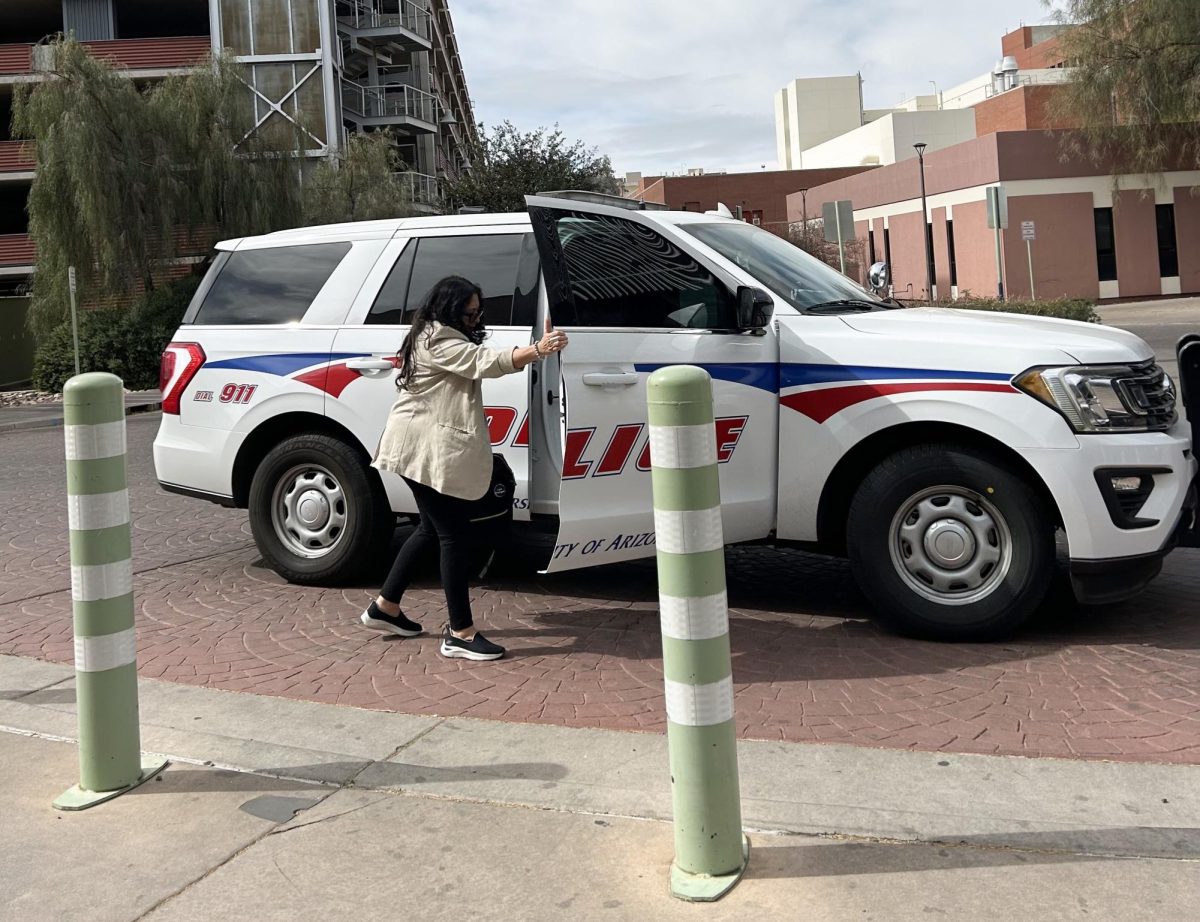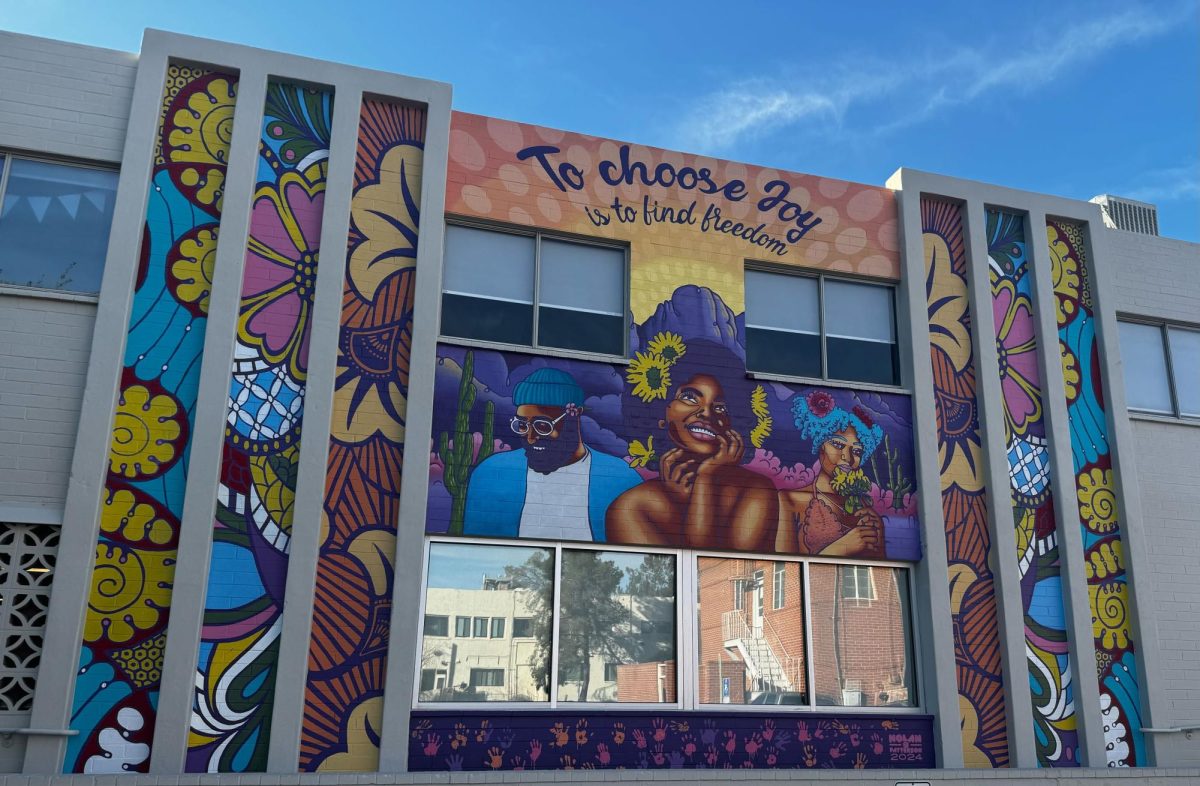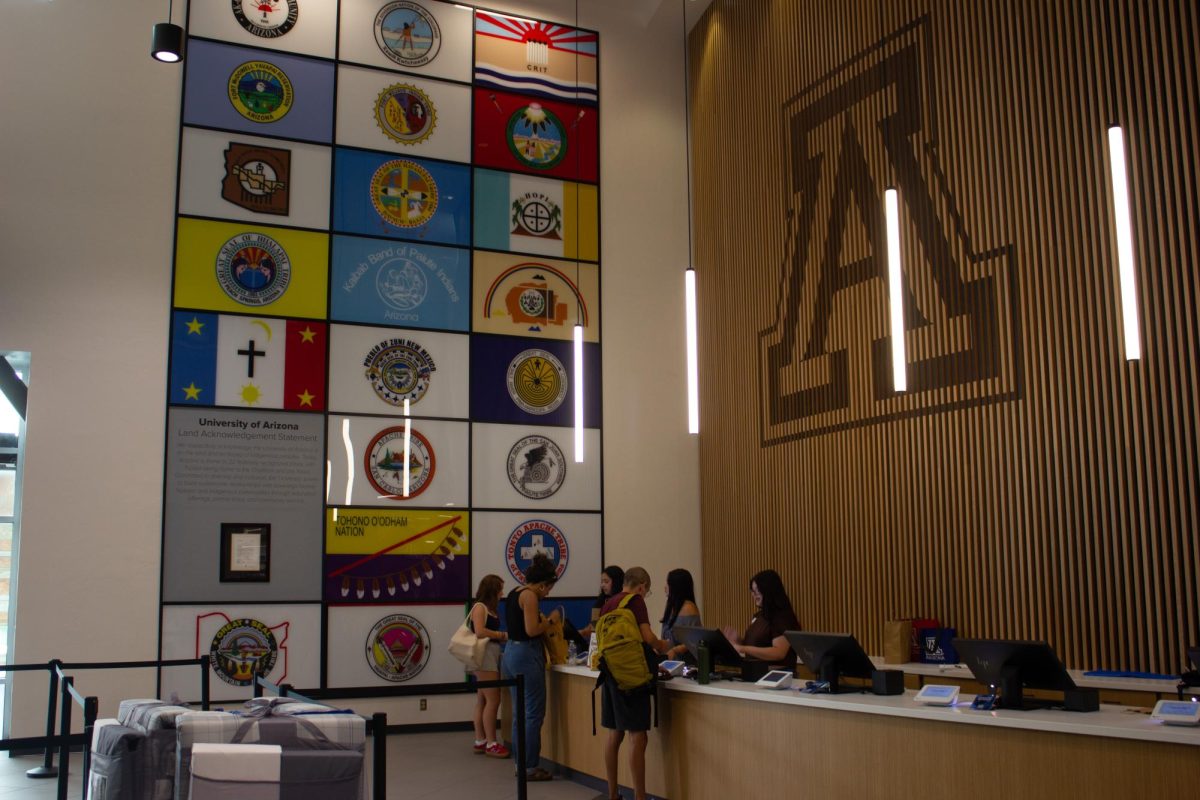The Pac-12 Conference is going from competitive to collaborative.
The Associated Students of the University of Arizona will be sending four student representatives to Salt Lake City this week to participate in the first annual Pac-12 student leadership conference.
UA student government has typically not participated in conference student leadership summits, said Morgan Abraham, president of ASUA and an engineering management senior.
“The fact that we weren’t going kind of upset me,” Abraham said. “A lot of our peer institutions are in the Pac-12, and they deal with the same exact problems.”
These problems include dealing with administration, the state Legislature and a student body where West Coast and East Coast personalities clash, Abraham said.
The conference provides a good opportunity for students to make connections and gain resources from those who have had similar experiences, said Chris Hargraves, assistant dean of students.
The goal of the summit is to hear how other universities from the Pac-12 are running their student governments and to bring those ideas and techniques back to UA, Abraham said.
The ASUA president, two vice presidents and treasurer will all attend the summit, which is being held by the student government of the University of Utah.
This is the first year the University of Utah is holding the summit, Hargraves said, and it will provide an opportunity for Pac-12 student governments to see what future summits may entail.
The conference was created as a way to increase communication and collaboration between schools in the Pac-12, said Sara Seastrand, vice president of the Associated Students of the University of Utah and a political science senior.
“With all of the leaders of the student bodies within the Pac-12, we want to be unified and find ways to strengthen one another,” Seastrand said. “To share ideas, initiatives and challenges from each of our institutions — that’s really the goal of the summit.”
The schedule for the three-day conference includes presentations from each of the student governments, breakout sessions to encourage discussions between university representatives and talks with prominent figures such as USA Today White House Correspondent Susan Page.
“The main focus of our presentation is our programs and services and how effective they are and how many students utilize them,” Abraham said.
Abraham said he hopes to learn more about defending ideas to the administration and amplifying student voices from the other universities that are attending.
“Schools like UC Berkeley, University of Oregon … they’re really good at getting students on board, and they get what they want,” Abraham said. “I’m really excited to hear their ideas.”
Abraham said ASUA will be focusing on lobbying for student needs, in addition to looking for ways to improve the programs at the UA.
“We’re always looking to increase and expand our programs and services,” Abraham said. “If we find that a school is doing something else that is just an unbelievable idea and we aren’t doing it … we’ll start looking into it.”
Seastrand said there are already universities interested in hosting the summit in future years, as well as sponsors, like The New York Times in Leadership program, that are interested in funding the summit.
The number-one goal for the conference is to create a sense of solidarity between the Pac-12 universities, Seastrand said.
“One of the most important [ideals] is just the community that it’ll provide for our conference,” Seastrand said. “Having a place where we can meet can really unite all those student bodies within the Pac-12.”



